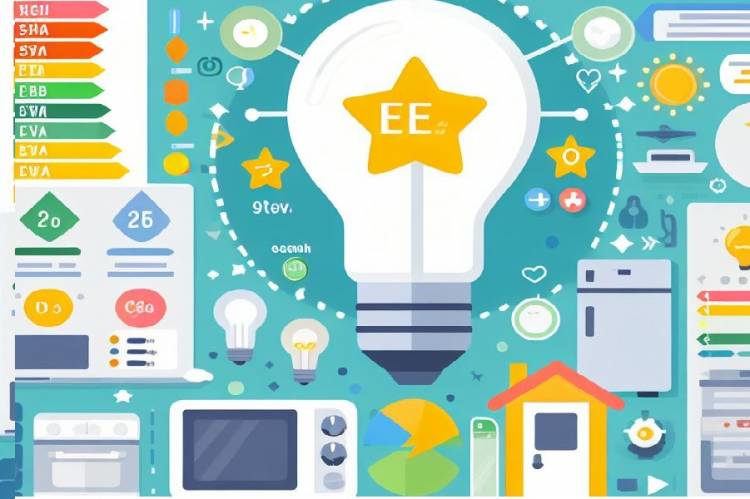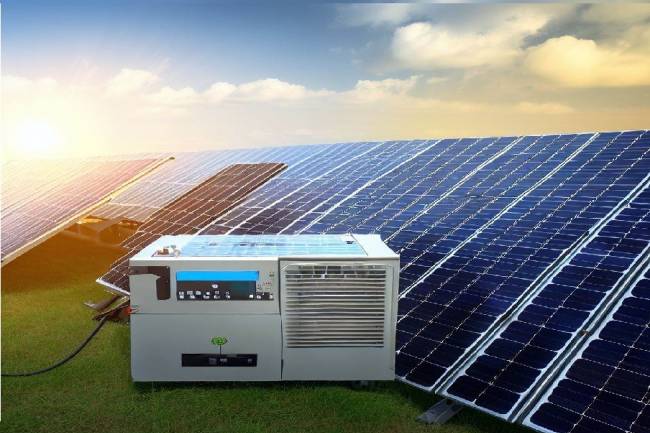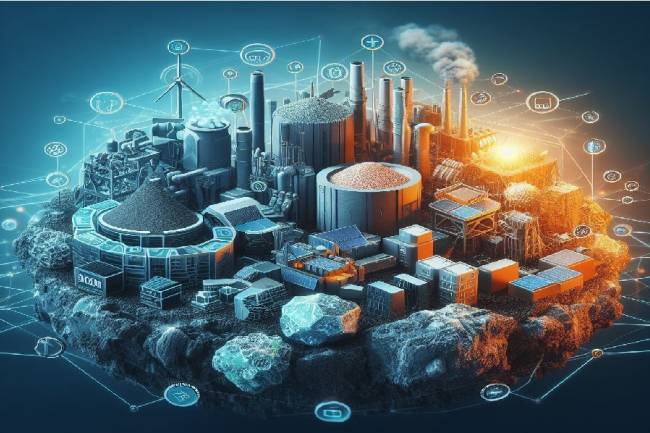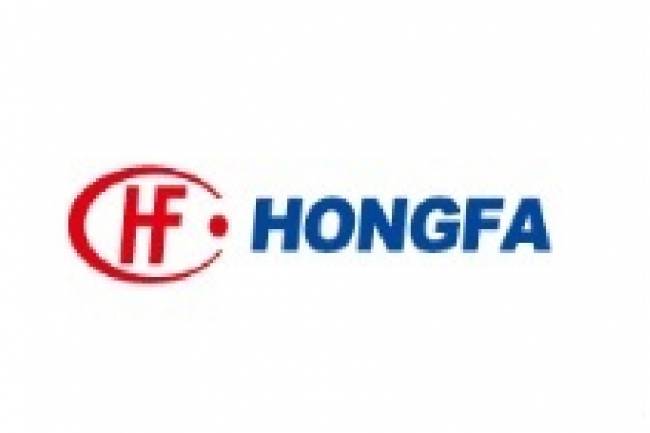
Energy Saving Classes and Energy Labeling
What is Energy Efficiency and Why is it Important?
Energy saving has become an increasingly important issue today. Saving energy is important to both reduce environmental impacts and reduce energy costs. Consumers and businesses can use many different ways and devices to save energy. At this point, energy saving classes and energy labeling aim to provide information about energy efficiency to consumers and businesses.
Energy Saving Classes: Efficiency Classification
Energy saving classes are a classification system used to determine how energy efficient products or devices are. This classification generally uses a letter scale, starting with A, indicating products with higher energy efficiency. A represents the highest energy efficiency class, while G represents the lowest energy efficiency class. A+ class products have higher energy efficiency than A class, and higher classes such as A++ and A+++ represent products that reduce energy consumption more.
Some examples of energy saving classifications are:
1. Class A+++: Very High Energy Efficiency
2. Class A++: High Energy Efficiency
3. Class A+: Medium Energy Efficiency
4. Class A: Moderate Energy Efficiency
5. Class B: Medium Low Energy Efficiency
6. Class C: Low Energy Efficiency
7. Class D: Very Low Energy Efficiency
Energy saving classes are used for many household appliances and electronic devices. Products such as refrigerators, washing machines, dishwashers, televisions and lamps are classified by energy labeling. In this way, consumers can choose more efficient and energy-saving products.
Energy saving classifications are important not only from an environmental point of view, but also from an economic point of view. More efficient products lower energy costs, which helps consumers and businesses reduce their energy bills. Additionally, energy-saving products can last longer, meaning more savings in the long run.
Energy Labeling: Product Information and Comparison
Energy labeling is a system that provides consumers and businesses with information about energy efficiency. These labels contain a set of criteria to classify the energy consumption of products. The most widely used classification system is the European Union (EU) energy labeling system.
EU energy labeling uses a letter scale from A to G to indicate the energy efficiency of products. A represents the highest energy efficiency class, while G represents the lowest energy efficiency class. An A+ class refrigerator may represent a model that minimizes annual energy consumption and offers more storage space.
Energy labeling is used for many different product categories. Products such as refrigerators, washing machines, dishwashers, televisions and lamps are classified by energy labeling. This system offers both consumers and businesses the opportunity to reduce energy costs and reduce environmental impacts.
Energy labeling is also important for manufacturers. Manufacturers try to achieve higher class labels by making their products more energy efficient. This leads to competitive marketing and encourages energy savings.As a result, energy saving classes and energy labeling provide consumers and businesses with information about energy efficiency and promote energy saving. This system is important from both environmental and economic perspectives and is a critical factor for reducing energy consumption.





























